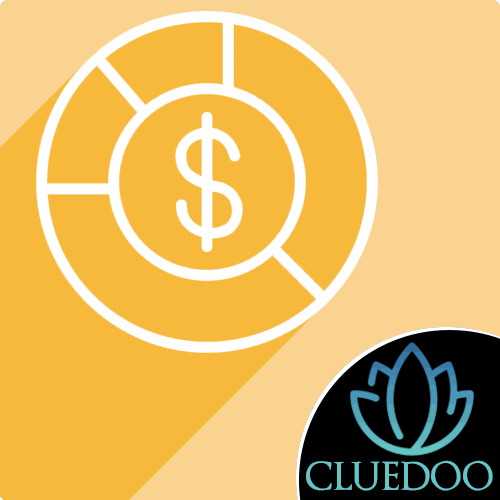Asset Management
Extend accounting features for Asset management (purchase date vs departure date of depreciation, original purchase value, analytic account on the asset,…).
Asset Management
Extend accounting features for Asset management (purchase date vs departure date of depreciation, original purchase value, analytic account on the asset,…).
STORY BEHIND THE FEATURES
ODOO's FUNCTIONS
Odoo proposes a full asset engine, oriented to new assets, but does not give a lot of flexibility to integrate the old assets into the system.
CLUEDOO's FUNCTIONS
Cluedoo studied all the limitations of Odoo's existing functions to launch a modified asset module and add more flexibility and features:
- Multi-Confirm asset: Confirms your 3000 historical assets in just one click (as opposed to 3000 individual clicks).
- Asset sequence: Easily tracks your assets.
MODULE +
Gives more flexibility to manage your assets, especially the transition between your old system and your new system. This is incredibly important for audits on your accounting.
BUSINESS CASE
A Go-Live needs to be done for a company with 3000 assets, however, you have a strict accounting firm that does not want any change in the depreciation of historical assets. This will be no problem to manage with Cluedoo, as you can make your Go-Live in 2 weeks.
CLUEDOO RECOMMENDATION
Install on 100% of your database using Asset modules.
OUR FEATURES AS SOLUTIONS
Multi Confirm Asset
Auto Compute Asset Closing Date
Second Depreciation Date
Separate/Combine Asset from Vendor Bills
HOW TO USE THIS MODULE?
MULTI-CONFIRM ASSET
Go to Accounting → Accounting → Management → Assets. Check all the assets that need to be confirmed. Then, click on "Action" and select "Multi Confirm Asset".
AUTO COMPUTE & SECOND DEPRECIATION DATE
Second depreciation is removed in v16 onwards
MANAGE ASSET: SEPARATE, COMBINE, DEFAULT
1
First, create an Asset Model.
Then, choose how you want to manage the asset (Manage Asset).
- Separate: i.e.: Purchase 5 units of Product A and 3 units of Product B; this will create 8 Assets.
- Combine: i.e.: Purchase 2 units of Product A and 2 units of Product B. Add another 1 unit of Product A and this will create 2 Assets.
- Default: i.e.: Purchase 2 units of Product A and 3 units of Product B. Add 3 units of Product A and this will create 3 Assets.
You should also choose the Analytic Account.
Removed in v16 onwards
SEPARATE UNIT
Removed in v16 onwards
COMBINE
DEFAULT
ASSET MODEL ON VENDOR BILL LINE
